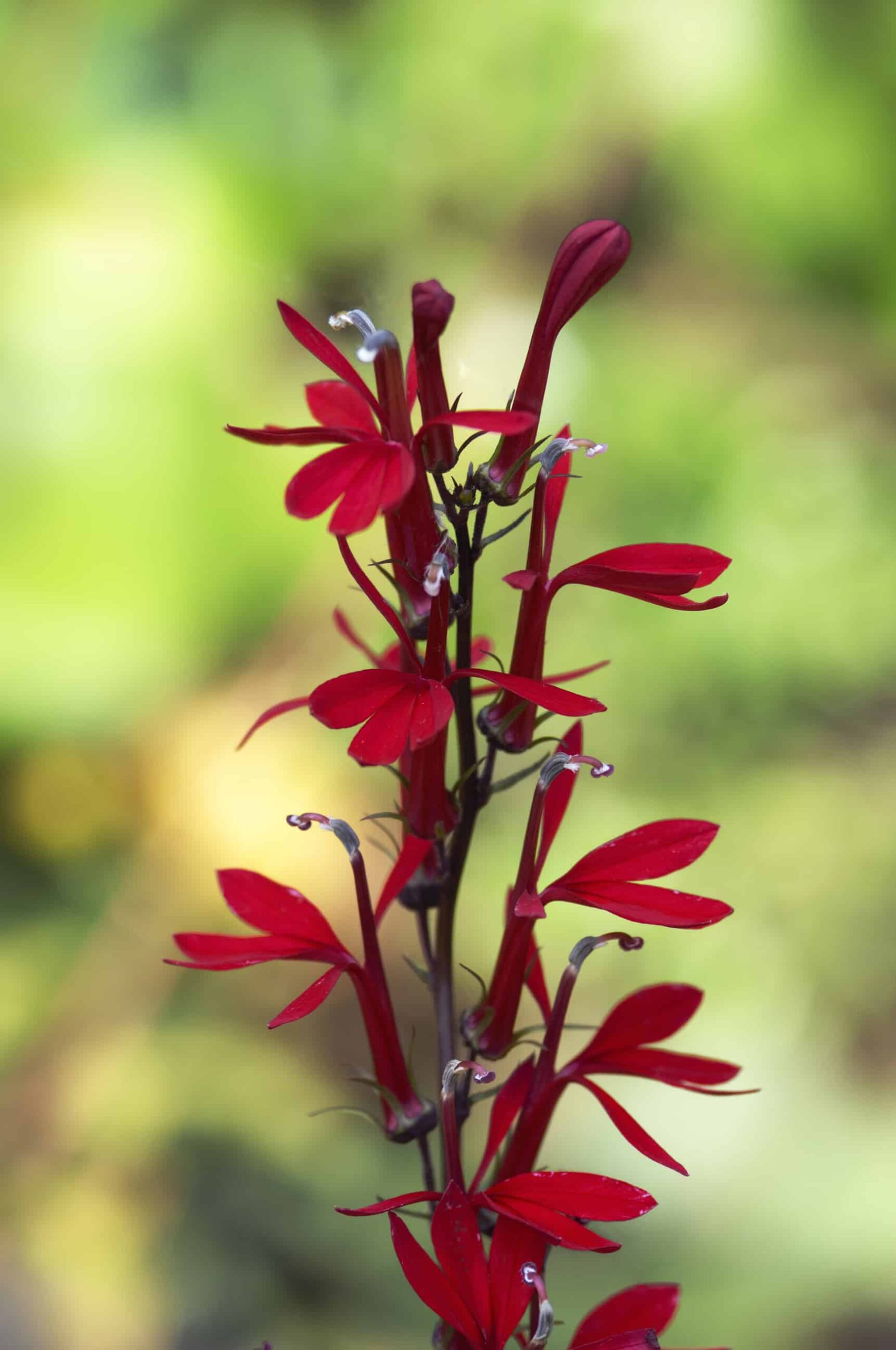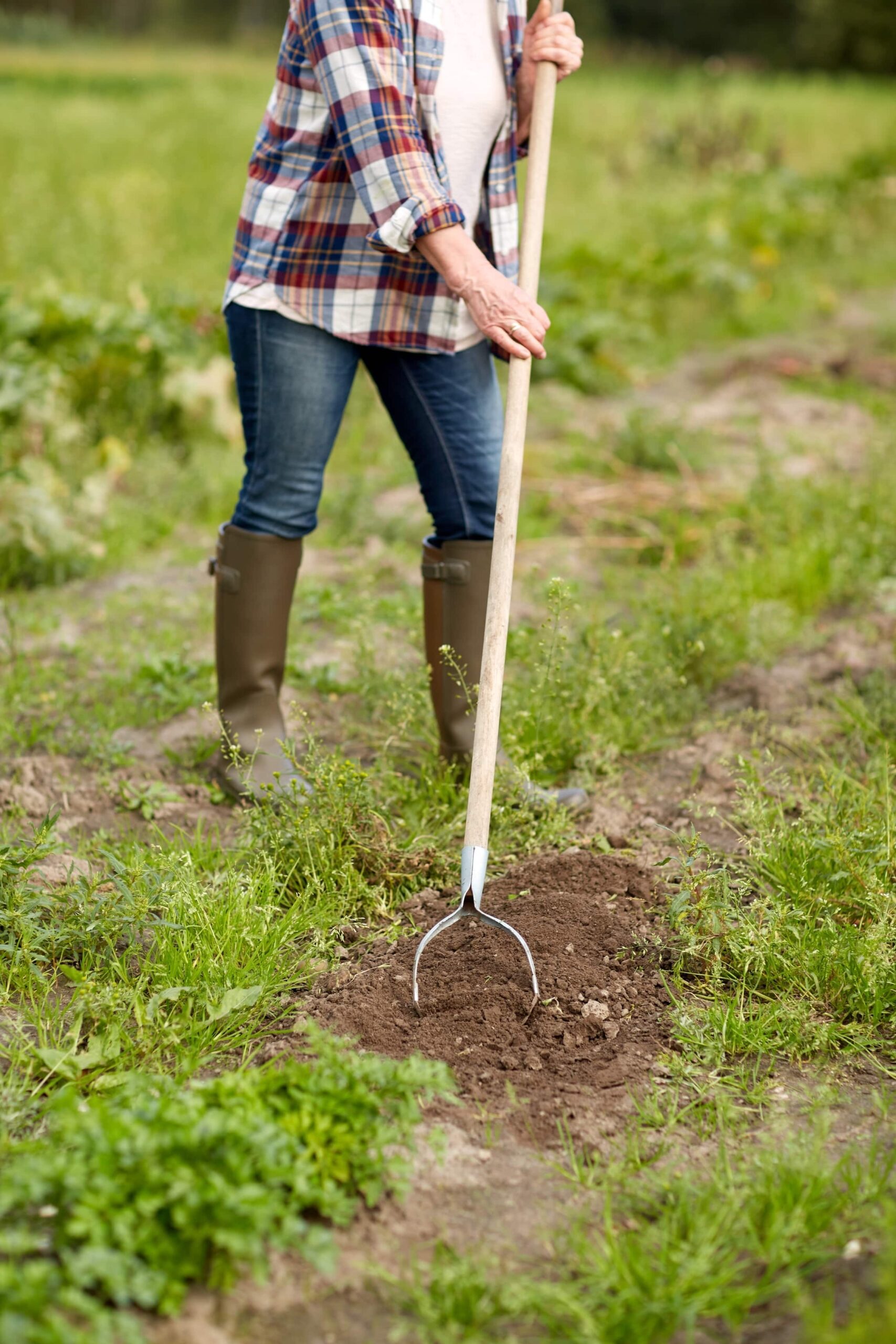Native shrubs and flora are the perfect choices for sustainable and low maintenance landscaping plants. To learn native plants are not only vital for your garden but beneficial to the landscape and wildlife around them, check out the below article and some of the common Missouri native species and landscaping suggestions. Down to Earth Services are the native plant experts and can recommend low maintenance landscaping plants and more to add to your garden.
Advantages of Native Shrubs and Flowers for Your Landscape
Although it may appear insignificant, everyone can make positive decisions for our world and environment by planting native. Keep reading for the many advantages of native low maintenance landscaping shrubs, plants, and more.
- Large landscapes require significant fertilizers, herbicides, insecticides, water, fuel for mowing, and time.
- Non-native and exotic plants also require more significant resources, and, unfortunately, people frequently destroy native habitats to create artificial oases. Additionally, in doing so, some of the exotics are incredibly invasive, which can choke out native plants and change ecosystems.
- The extinction of natives can have repercussions for numerous pollinators. There are many beautiful perennials for pollinators that will not only add to the beauty of your landscape but help maintain nature’s delicate balance.
- Native flora will have a far greater survival rate since they are adapted to the soil and climate in which they grow.
- Native shrubs and plants self-seed, making native plants some of the most low maintenance landscaping plants for your garden.
- Weeds are less prevalent with native flora.
- Native landscapes provide a safer ecosystem for everyone, including your pets, because fewer chemicals in the soil result in safer water sources.
- Native plants are essential for pollinators. Without pollinators like bees, butterflies, and birds, we have fewer food resources.
What Exactly Is a Native Plant?
Many people ask, what distinguishes a plant as a native? The answer is simple. Native plants are any plant growing in North America before the arrival of Europeans. Native flora includes blooming perennials, ferns, flora, grasses, shrubs, trees, and vines. More than likely, you have native plants already growing in your landscape.
Once they are well established, native plants can endure seasonal circumstances from hot and dry to cold and snowy weather. Natives contribute to local biodiversity, providing a natural habitat and food for the wildlife in the region. These plants help your landscape thrive and provide beauty for everyone to enjoy.
Low Maintenance Landscaping Plants Native to Missouri and Kansas
Below are a few examples of native flowers that are prevalent in Missouri and Kansas. During your planning phase, be sure to include plants that are native to your region. There are many native flora databases available online that can assist you.
In addition, Down to Earth Services native plant nursery stocks plants native to Missouri and Kansas. Be sure to contact us for availability as well as help in designing your low-maintenance native landscape.
- Cardinal flower (Lobelia cardinalis)
- Wild Columbine (Aquilegia canadensis)
- Butterfly Milkweed (Asclepias tuberosa)
- Evening Primrose of Missouri (Oenothera macrocarpa)
- Ozark Witch Hazel (Hamamelis vernalis)
- Prairie Coreopsis (Coreopsis palmata)
- Purple Coneflower (Echinacea purpurea)
- Purple Poppy Mallow (Callirhoe involucrata)
- Showy Goldenrod (Solidago speciosa)
- Sky Blue Aster (Symphyotrichum oolentangiense)

Additionally, native trees and shrubs are beneficial to your landscaping, providing food and shelter for local wildlife. These beautiful plants also provide benefits like fragrant blooms, fruit, and vibrant foliage. Below are some examples of native trees and shrubs:
- Indigo Bush (Amorpha fruticosa)
- Flowering Dogwood (Cornus florida)
- Fringe Tree (Chionanthus virginicus)
- Pagoda Dogwood (Cornus alternifolia)
- Ruby Spice – Summersweet (Clethra alnifolia)
- Downey Serviceberry (Amelanchier arborea)
- Spicebush (Lindera benzoin)
- Blackhaw Viburnum (Viburnum prunifolium)
- Ninebark (Physocarpus opulifolius)

By planting a mix of native perennials, shrubs, grasses, and trees in your landscaping, you can replicate natural plant communities. By doing this, you are aiding in improving the habitat for pollinators and other wildlife. In addition, this layered ecosystem will help filter pollutants from the environment, reduce soil erosion, decrease runoff, provide a windbreak, shade, and a natural sound barrier.
Landscaping with Native Plants
Native plant landscaping or “naturescaping.” does not have to imply wild. Your garden can be as wild or elegant as you want, depending on your design. The key to success with native plants is to choose the correct plants for your growing environment rather than attempting to alter the surroundings to match the plants. Instead, examine your surroundings to discover what grows wild in your area.
Prairie plants like Coneflowers and Liatris thrive in hot, dry conditions, while natives like tiarella are an excellent groundcover in areas with abundant shade. On the other hand, Blue flag iris (Iris virginica) tolerates damp conditions, whereas yellow woodland foxglove thrives in dry shade.
Top Landscaping Suggestions
When planning your garden, first, determine how much yard you want to convert to a native oasis. Even a small area can have a significant effect! Below are some suggestions to get you started on your low maintenance native landscape:
- Before you start looking at plants, consider the landscape you are working with. Allow nature to guide you in the hardscaping of your garden. Before designing your native landscape, consider the shape of the landforms are rough or soft, bright or subtle, and whether the terrain is flat or hilly. Take detailed notes and maybe even a rough sketch before you decide your preferences for native flora.
- Remove any invasive plants, shrubs, and trees, or they will quickly choke out anything you plant.
- For a more eco-friendly and lower maintenance lawn, consider reducing the grassy area you have by including low maintenance border plants. Then, when it is time to plant in the spring, you can include more extensive beds of native plants and plant native grasses such as Red fescue, Seashore bentgrass, St. Augustine grass, Buffalo grass, and Blue grama.
- Plant what grows best in your type of soil. For instance, if you have acidic soil, select plants that will thrive in that environment. Likewise, if your soil is alkaline, choose natives that require an alkaline environment.
- Please take notice of native plants that thrive in your area, particularly those that grow in groupings or clumps. Knowing what works best for your landscape will result in a beautiful native garden. Grow what is already growing, or a variation of what is growing.
- Rather than ending your plant beds with a straight edge, blur the lines. You can accomplish this by gradually reducing the density of the plants near the garden’s perimeter.
- When planting, do not fertilize. The majority of natives flourish in places with low soil fertility. Too much nitrogen during planting will feed the weeds.
- During the first few months, it is necessary to weed and mulch regularly. When your native plants are well established, you can begin supplementing them. Root development should begin first. Do not be alarmed if it seems that your plants are slow-growing.

Lastly on Low Maintenance Landscaping Plants for Your Garden
If you’re looking for the best low maintenance landscaping plants for your garden, we hope the above article can be a guide. As the native plant experts of Kansas and Missouri, it is our pleasure to help you take your gardening and landscaping to the next level. Sustainable landscapes can be regenerative and beautiful while also taking less work than exotic flora, shrubs, and plants. So, what are you waiting for? Contact Down to Earth Services today to get started!

